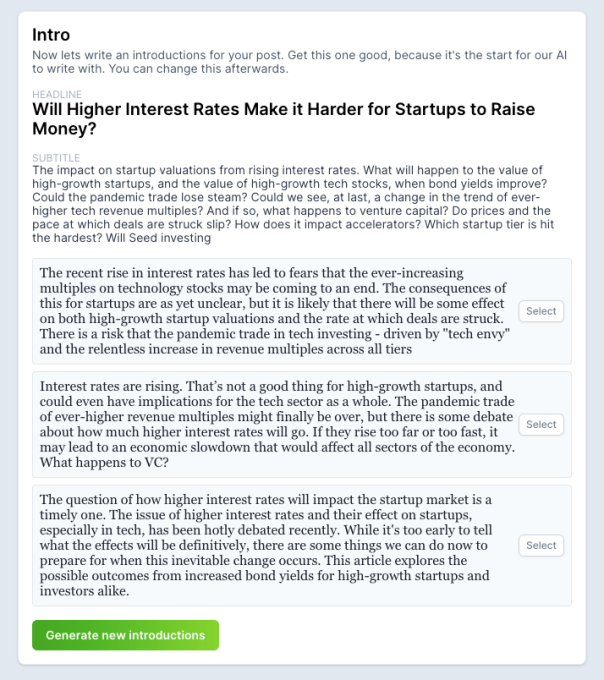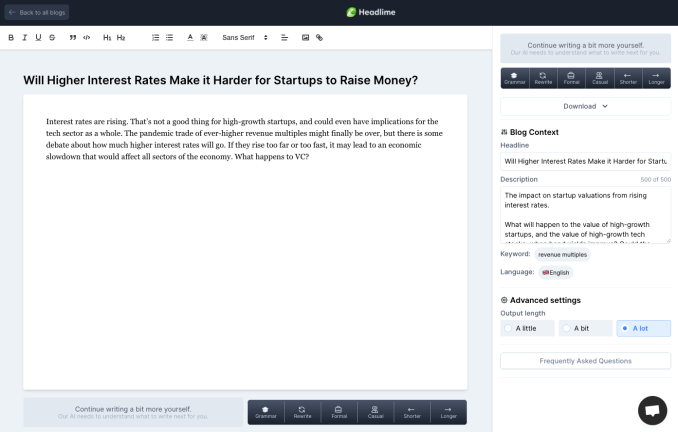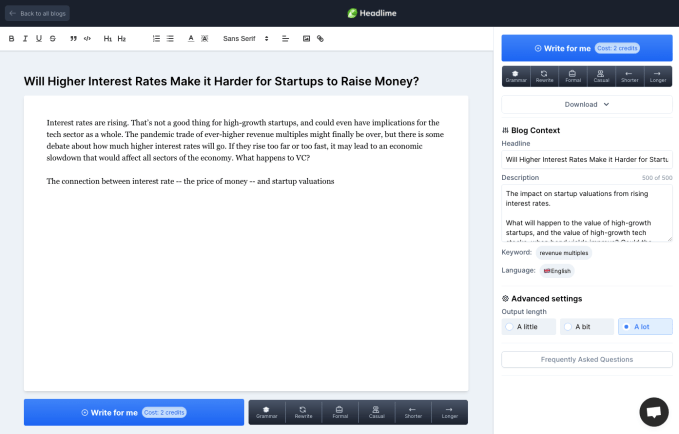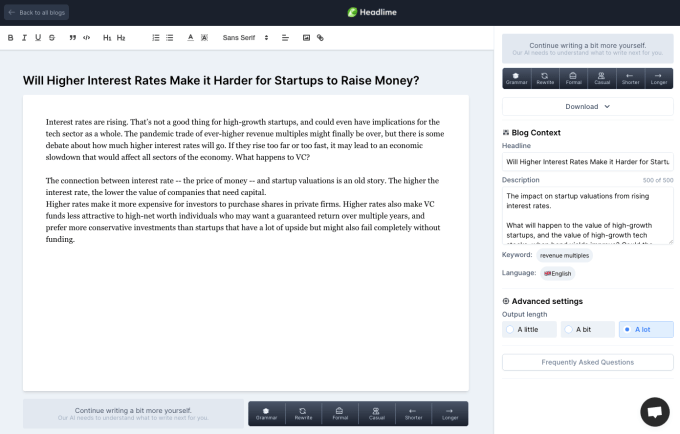When it comes to building a data science team, many companies fail at the first step — creating a job posting. These mistakes have been amplified in the age of COVID-19.
The increasing demand for AI and data science experts, driven in part by the pandemic’s economic impact, is showing no sign of abating. Many employers are failing to identify viable job candidates, much less interviewing or hiring them.
What’s the biggest obstacle holding them back? In our experience, it is often a poorly drafted job posting. And with the pandemic completely stopping all in-person recruiting events, hiring success hinges on an effective job rec. Previously tolerable mistakes are now fatal.
At The Data Incubator, a data science training and placement firm, we’ve helped hundreds of companies successfully hire data science teams. Honestly, it pains me to see amazing companies undersell themselves in this area.
When it comes to building a data science team, many companies fail at the first step — creating a job posting.
Companies inevitably gravitate toward the same generic buzzwords, promoting themselves as “cutting edge,” “creative,” “collaborative,” “data driven,” “passionate” or “insightful” (just peruse Indeed for examples of these lackluster postings). Or they delve into industry jargon, which may be lost on candidates who are not familiar with the industry.
To streamline the writing process, we recommend that clients break down their competitive advantage into three buckets: compensation, mission and tech. Only by understanding where their strength lies can they successfully market their job openings.
Compensation
Compensation is an important component of making a position competitive. Managers certainly need to fight to ensure their remuneration range is appropriate for their data science roles. However, budget constraints are difficult to overcome, especially given the ability of tech and finance to pay top dollar for these sought-after skills. How to combat this when you don’t have the same budget? Consider listing compensation in job ads.
If you’re one of (the majority of) employers who cannot afford to compete on salary, this will help job seekers understand what to expect. Neither you, nor a potential candidate, wants to spend hours interviewing just to discover that it would have never worked out because of compensation. Save yourself the time and frustration by listing remuneration upfront.
What if you are one of the few employers able to pay major-league salaries? Congratulations, but don’t throw away your hard-won budget! Companies develop reputations for compensation. Unless you are one of the select firms with a reputation for paying top dollar, you will need to signal that to top talent. Otherwise, strong candidates may assume the remuneration is low and not apply, defeating the purpose of paying a high salary in the first place.
Obviously, listing salaries is controversial and there are plenty of reasons why employers are weary of listing salary ranges. However, a recent survey by SHRM found that 70% of professionals want to hear about salary upfront and Glassdoor.com reports that salary is the No. 1 consideration for 67% of job seekers. With all these benefits, employers should seriously consider being more upfront and transparent about what they are able to pay, if only to save themselves time and frustration.
Mission
In the COVID-19 workplace, employees are finding themselves increasingly isolated. With work from home poised to stay even after the virus has dissipated, the risk of isolation will continue. Companies need to double down on articulating their mission and galvanizing employees around that. This doesn’t just start with employment but the very first step of the hiring process: the job posting. Emphasizing mission in the job posting will attract employees.





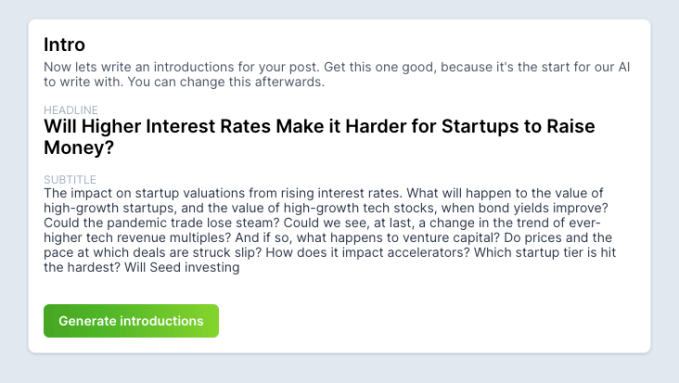 Here are the options proffered:
Here are the options proffered: